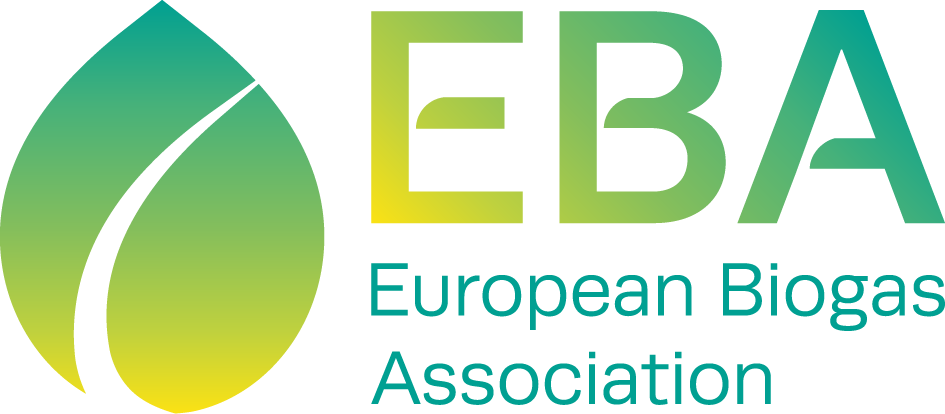Benefits of sequential cropping
19.05.2020The evidence that EBA collected from the biogas sector during over 10 years of experience shows that proper biogas production based on sequential cropping is a sustainable activity. On top of that, it is a powerful solution leading to decreased greenhouse gas (GHG) emissions, protection of biodiversity and restoration of soil quality through agro-ecological innovation and organic fertilization. Ultimately, if done correctly, sequential-cropping-based-biogas is a sustainable activity that promotes a carbon negative agriculture with increased organic fertilization leading to greater environmental protection.

